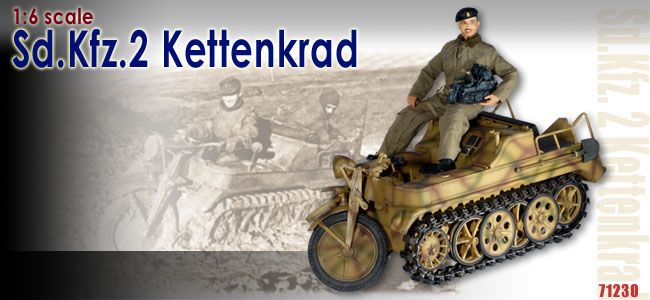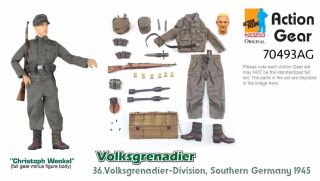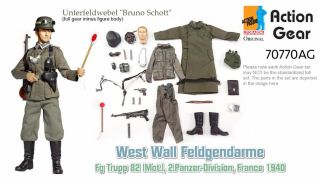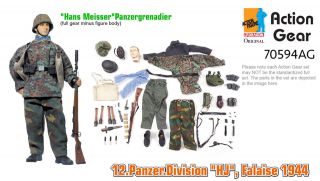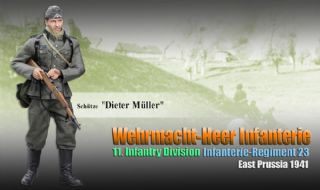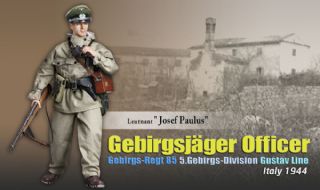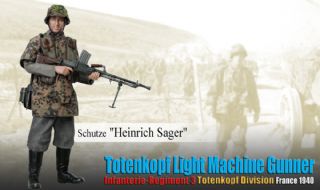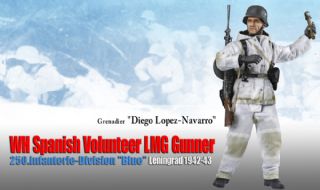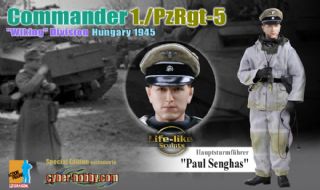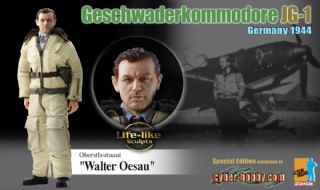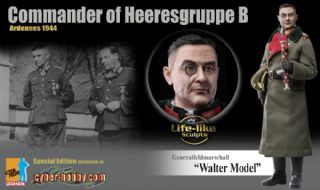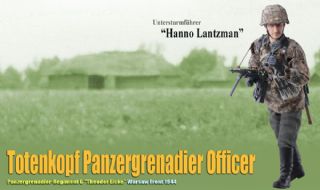HOME → Dragon Action Figures → WWII German → 71230
Barcode: 0 89195 71230 1
Packaging: 1 piece per master carton
Box Size: 11.4"x9.1"x27.2"
Category: WWII German Vehicle
1/6 Sd.Kfz.2 Kettenkrad
Brand new! All new tooling! Nothing is spared in details and quality to give the 1:6 community the most historically accurate and detailed replica of the Kettenkrad.
Main Features:
- historically accurate 1/6 scale Kettenkrad
- injection plastic hull
- engine cover is fully workable
- highly detailed 1478cc four-cylinder Opel engine
- resin engine offers full details like fan belt flywheel, wing nuts and engine
mounting holes
- detailed gearbox
- gearbox with fully moveable gear lever
- highly detailed and accurate 6V battery
- transmission and differential are included
- front wheel with accurate pattern
- NOTEK light is accurately reproduced
- sprung seat for the driver with two sets of springs
- Bosch side marker lamps are correctly formed and detailed
- sprocket wheel and road wheel with crisp details
- accurate head light
- rear seat can be lifted up
- rear tow hook is fully functional
- accurate handrail for the early version of Kettenkrad
- detailed taillight
About the Sd.Kfz.2 Kettenkrad
The Sd Kfz 2 was designed and built by the NSU Motorenwerke AG at Neckarsulm,
Germany.
Most Kettenkrads saw service on the Eastern Front, where it was used to lay communication cables, pull heavy loads and carry soldiers through the deep Russian mud. Late in the war, Kettenkrads were used as runway tugs for aircraft, including jets such as the ME-262 and TA183. In order to conserve aviation fuel, the aircraft would be towed rather than run the engines while taxiing.
Being a tracked vehicle the kettenkrad could climb up to 45� in sand and even more in hard ground, as long as the driver had courage for it.
Only two significant sub-variations of the Kettenkrad were constructed, and production of the vehicle was stopped in 1944, at which time 8,345 had been constructed. After the war the production went on with permission of the allied victors until 1949 for agricultural use.

